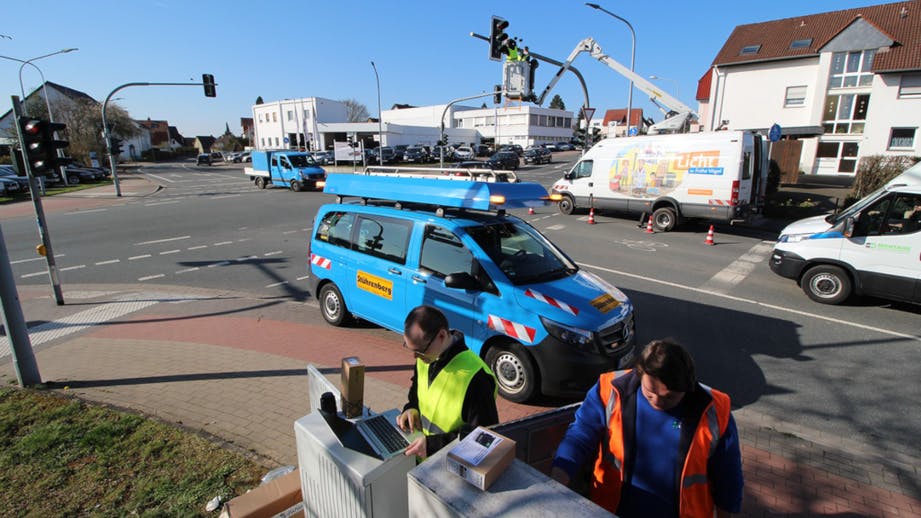
AI Can Get You Out of a Jam
from hackster.io
Anyone that lives or works in a mid-sized or larger city cringes at the mention of the word “traffic.” Traffic jams that turn a fifteen minute drive into a stressful hour of stop-and-go madness behind the wheel wastes our time and money. This problem is complicated by traffic lights that seem to mock commuters by turning red whenever it looks like they might start moving.
While city planners surely handle the complex job of programming traffic lights to the best of their abilities, being stopped by a light at every block, and sitting through a red light when there is no cross-traffic waiting, leaves many commuters thinking that there has to be a better way to manage traffic flow.
A research team at the Fraunhofer Institute for Optronics, System Technologies and Image Exploitation IOSB has taken on this problem in their “KI4LSA” project. They have developed an artificial intelligence-based approach to enable smart, predictive light switching and streamline flows of traffic.
Typically, traffic lights operate through a relatively simple rules-based method, which is inflexible and does not accommodate all traffic situations. Where sensors are in use, they are imprecise devices that are embedded in the road surface and are only able to give a rough view of actual traffic conditions. In a new approach, the researchers are deploying high-resolution cameras and radar sensors that can capture an accurate depiction of actual traffic conditions. This enables their device to capture meaningful metrics, like the number of cars waiting at an intersection, the average car speed, and the average time spent waiting.
The high-resolution traffic data is fed into a deep reinforcement learning algorithm. After training this model on real-world traffic data, it was leveraged to determine the optimal switching pattern for traffic lights to minimize wait times. The algorithms run on edge computers that are installed near the traffic lights. In simulations, the team found their technique to improve traffic flow by as much as fifteen percent. This figure may be improved by scaling up the algorithm to form a wider network that includes nearby traffic lights.
The researchers are also using a similar approach in their “KI4PED” project to make crosswalks safer and more efficient for pedestrians. In addition to reducing wait times for a “walk” signal, the goal is also to extend crossing times on an as-needed basis. Crossing times can be too short for certain groups, such as the elderly and disabled, which can create dangerous situations.
By swapping the traditional buttons that are used to request a crossing for LiDAR sensors, information can be gathered about the number of pedestrians, as well as ages and possible special needs. By using LiDAR, rather than cameras, this information can be collected without violating the privacy of the pedestrians. The team believes that as this approach matures, it will be able to reduce wait times by 30 percent, and jaywalking by 25 percent. Perhaps in the future the researchers will be able to integrate the traffic control algorithm and the crosswalk algorithm to streamline all aspects of traffic management.



Leave a comment